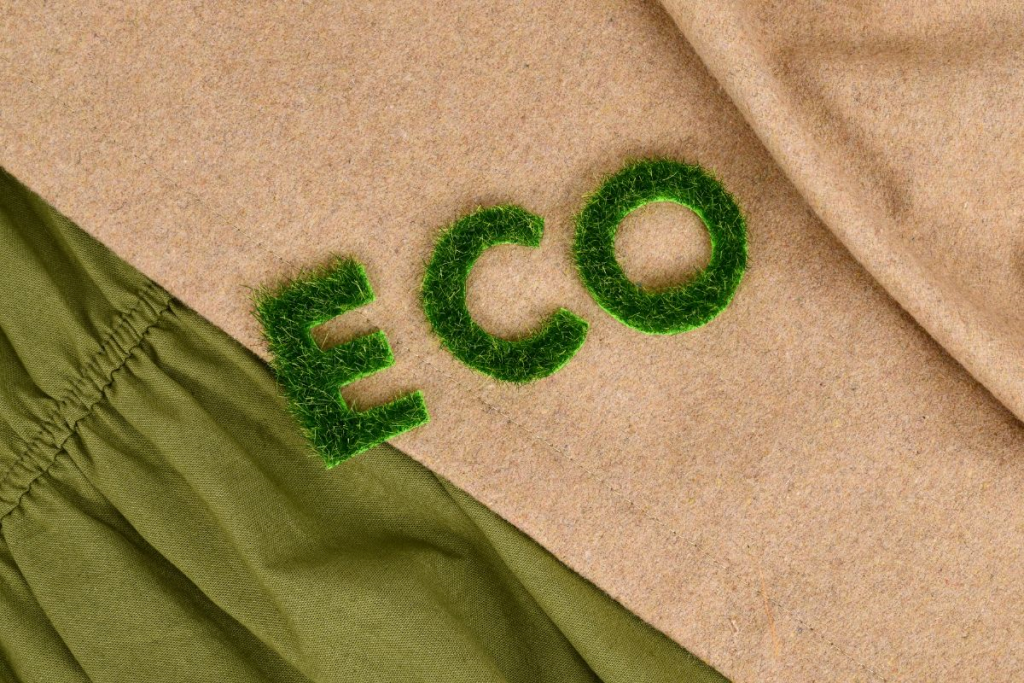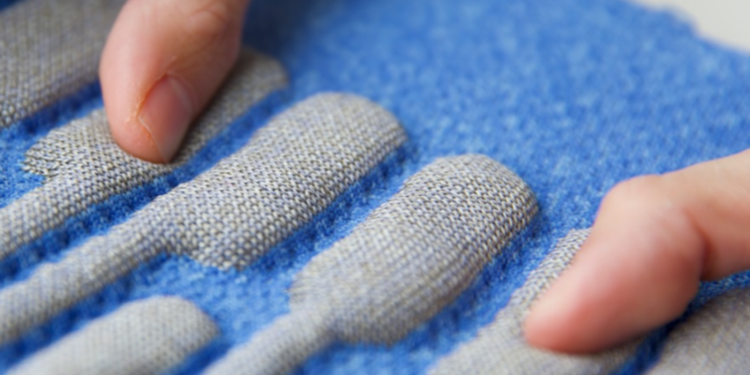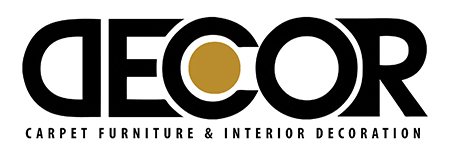From smart textiles to self-cleaning surfaces and sustainable materials, 2025 marks a new era where furnishing fabrics do more than decorate—they respond, protect, and inspire.
The world of furnishing fabrics is undergoing a dynamic evolution. In 2025, innovation is not only about aesthetics—it’s about intelligence, responsibility, and interactivity. As the boundaries between technology, design, and sustainability continue to blur, furnishing fabrics are being reinvented to offer more than just surface appeal.
From smart textiles to self-cleaning surfaces, the latest innovations in the industry are changing how we think about, use, and experience fabric in interior spaces. Here’s a deep dive into what’s driving the future of furnishing fabrics today.
Smart and responsive textiles
No longer science fiction, smart furnishing fabrics have made their way from labs into living rooms. These fabrics are designed to respond to external stimuli—such as heat, light, movement, or even human touch—offering not only decorative function but also interactive experiences.
Key innovations include:
- Thermochromic fabrics that change color based on temperature.
- Light-reactive curtains that adapt their opacity to ambient sunlight.
- Sensors embedded in upholstery to monitor posture or detect occupancy.
- Electro-conductive yarns used in hotel or workspace seating to control lighting or climate systems.
These intelligent textiles are already being adopted in high-end hospitality, wellness spaces, and smart homes.
High-performance and multi-functional finishes
In 2025, the demand for multi-tasking fabrics has never been greater. Whether in healthcare, commercial, or residential interiors, fabrics are being designed to do more:
- Anti-bacterial and anti-viral treatments (especially post-pandemic).
- Stain resistance with natural or water-based coatings.
- Odor-neutralizing properties using nano-silver or charcoal finishes.
- Sound-absorbing weaves for acoustic comfort in open-plan layouts.
Many of these functions are being achieved without compromising softness, breathability, or aesthetics, marking a significant shift from older, chemically rigid solutions.
Biodegradable and regenerative materials
As sustainability continues to be a core focus, innovation in furnishing fabrics is leaning toward materials that give back to nature. Some notable developments include:
- Biodegradable polyester alternatives derived from corn or sugarcane.
- Regenerative wool and hemp, sourced from farms practicing carbon-positive agriculture.
- Fabrics made from mycelium (fungi), orange peels, or algae, combining innovation with circular design.
These materials not only reduce the environmental impact of production and disposal, but they also bring unique textures, colors, and natural durability to the market.
Easy-care, self-cleaning surfaces
Hygiene and ease of maintenance have become high priorities for both residential and contract interiors. Leading the way are furnishing fabrics with:
- Nano-coatings that repel dirt, liquids, and oils.
- Self-cleaning fibers using photocatalytic titanium dioxide (TiO₂) that break down bacteria and grime under light.
- Washable upholsteries that maintain structure and color after multiple washes or heavy use.
Particularly popular in healthcare, children’s spaces, public seating, and pet-friendly environments, these textiles offer long-term value and peace of mind.

Digitally printed and on-demand custom textiles
The rise of digital textile printing has unlocked new creative freedoms and practical efficiencies:
- Low-minimum and made-to-order production reduces waste and stockholding.
- High-definition prints allow for rich textures, photo-realistic imagery, and bold patterns.
- Personalized colorways and branding are now possible for designers, retailers, and hospitality brands.
Digital innovations are also enabling interactive design apps, where users can visualize fabrics in 3D renderings or augmented reality before placing an order.
Structural innovation: 3D weaving and form-adaptive textiles
Beyond finish and function, innovation in fabric structure itself is reshaping how textiles perform and feel.
- 3D-woven upholstery offers enhanced cushioning and contouring without foam.
- Stretchable and form-fitting fabrics adapt to furniture shapes, reducing need for cutting and seaming.
- Hybrid blends with memory properties respond to weight or movement, enhancing comfort and durability.
These developments are especially relevant in ergonomic seating, modular furniture, and multi-functional environments where adaptability is key.
Sustainability-driven certifications and digital tracking
Technology is also transforming how we validate and communicate sustainability. New innovations include:
- Digital Product Passports (DPPs) with blockchain-based tracking of fiber origin, processing, and end-of-life options.
- Carbon scoring systems for fabrics, allowing designers to choose low-impact alternatives.
- Smart labeling with QR codes linking to life cycle data and care instructions.
This transparency builds trust among eco-conscious consumers and simplifies decision-making for professionals.
Looking forward: Sensory and emotional design
Furnishing fabric innovation is heading toward an experiential future. Beyond function, textiles are being designed to evoke emotion, memory, and sensory richness.
Imagine:
- Fabrics that warm or cool to the touch.
- Scent-infused textiles that release essential oils over time.
- Color-shifting materials tied to circadian rhythms.
In this new frontier, textiles are not just surfaces—they are interfaces between human and space, shaping how we feel, interact, and belong.
In 2025, furnishing fabric innovation is defined by intersectionality—where technology meets craftsmanship, where performance supports sustainability, and where function enhances feeling. The next generation of textiles is smart, sustainable, beautiful, and above all, meaningful.
As homes, hotels, and public spaces demand more from materials, the furnishing fabric industry is ready—with textiles that respond, protect, inspire, and evolve with the people who use them.









